Import { Concept }
// Outline
At Civic Creative Base Tokyo, we aim to nurture the skills that connect technology and ideas with artistic articulations (“Making with Thinking” sensibility) and help further cultivate applied skills of promising members in the field of art and technology. Future Ideations Camp, one of CCBT’s core programs, is a series of workshops designed to bring these talented minds together. Each workshop is themed and the participants are asked to discover, propose, and create novel approaches that tackle issues we face in society today.
The Camp’s first iteration, Import*, literally explored the ways computational art and design is and can be “imported” into our society. Computers were increasingly used in the art and design education curricula since the 1990s, and now the significance of using technology to design is being rediscovered. For Import*, a total of 40 members including the lecturers, facilitators, and participants spent 5 days investigating the idea of programming and coding as transgressing individual thinking and evolving into new social proposals and means of collaboration with others.
As part of their final assignment, the participants were divided into three were and asked to produce prototypes for new digital signages for Shibuya, tools for children to play with, and clock mechanisms that could be experienced by all.
// Derectors' Voice
When you want to incorporate someone else’s codes into your own, you use the “import” command. Conversely, when you allow someone else to import your own codes, you “export” them. In the world of programming, this import-export is constantly being updated and, behind every program, is someone who writes it. Even behind programs that have been written by AI, down the line, there is someone who created that AI program.
Mediated by computerized devices, we can see our societies like we see ourselves in mirror reflections and, taking advantage of sensors and actuators such as cameras and microphones, we are continuously writing programs that replace and extend the means of our everyday activities. With computerization, there will always be some biases and/or defects, so it is necessary that people from diverse backgrounds and varied expertise come together to repair and rebuild the glitches. When individual ideas, creativities, and daily practices accumulate, they become such a positive force for communities.
From Design By Numbers, developed by John Maeda and his team, the landscape for programming to be used in art and music has grown and the range of programmers has also diversified exponentially. We are not simply the users of software provided by corporations but are now able to create, extend, and incorporate codes and programs as needed. Our idea of “Future Ideations” is not about keeping ahead of current trends or predicting the future. For us, it is revisiting the past to create and imagine a future that could have been. This iteration of the Camp is a golden opportunity for our initiative, involving hands-on workshops and lectures by experts and group work with new friends in the field.
Import { Programs }
- Internal
- Public
- Results
- Break
Import { Archives }
// DAY 0 - 2023.02.12

“Super Saiyan AI, like an alien. It’s so different” was how John Maeda described the currently emerging AI.
He gave an overview of the unprecedented revolutions in technology and also shared his ideas on how we might navigate ourselves through this new terrain. Maeda suggested that man-made machine learning is actually biased and therefore may cause unintentional exclusion, so it is important to be aware that AI is not all-inclusive.
Via the Zoom screen, we saw Maeda use the whiteboard behind him but we also each participated in his online poll on mentimeter.com. This incredibly interactive lecture was shared by nearly 350 viewers throughout the world.
// DAY 1 - 2023.02.19

The first day of our 5-day camp, the 25 participants gathered at CCBT and welcomed Golan Levin for his 3-hour workshop that involved the participants to think about the principles of algorithms and computational thinking IRL. Under specific rules by Levin, the exercises involved participants to 1) create human flocking, 2) collaborate in drawing, and 3) partake in word-play.
In the evening, we welcomed architect Toyoda Keisuke and artist Seo Hyo-jung to their joint keynote presentation. Toyoda spoke about how computational design opens up the digital, physical, and informational spheres in the field of architecture. Presenting works by Seo that branch out from daily coding into digital signages, the discussion evolved into how computer art and design can unfold into our cityscapes.
// DAY 2 - 2023.02.20

Participants introduced themselves and also a selection of their projects. The wide range of participants with different backgrounds each shared their motivations behind their projects, and then dived into the “Body Drawing” workshop led by Seo.
Using NodeBox 3 and PoseOSC, the paired participants developed games and systems of drawing that digitized human poses imported from their laptops. Then, each pair presented their products and tried them out, creating a riot at CCBT.
A quick anecdote that exemplifies what a camp is all about: one of the participants found a bug on PoseOSC and others removed the error and shared the correct version with everyone on Discord. A wonderful instance of the spirit of DIY and share-culture.
// DAY 3 - 2023.02.21
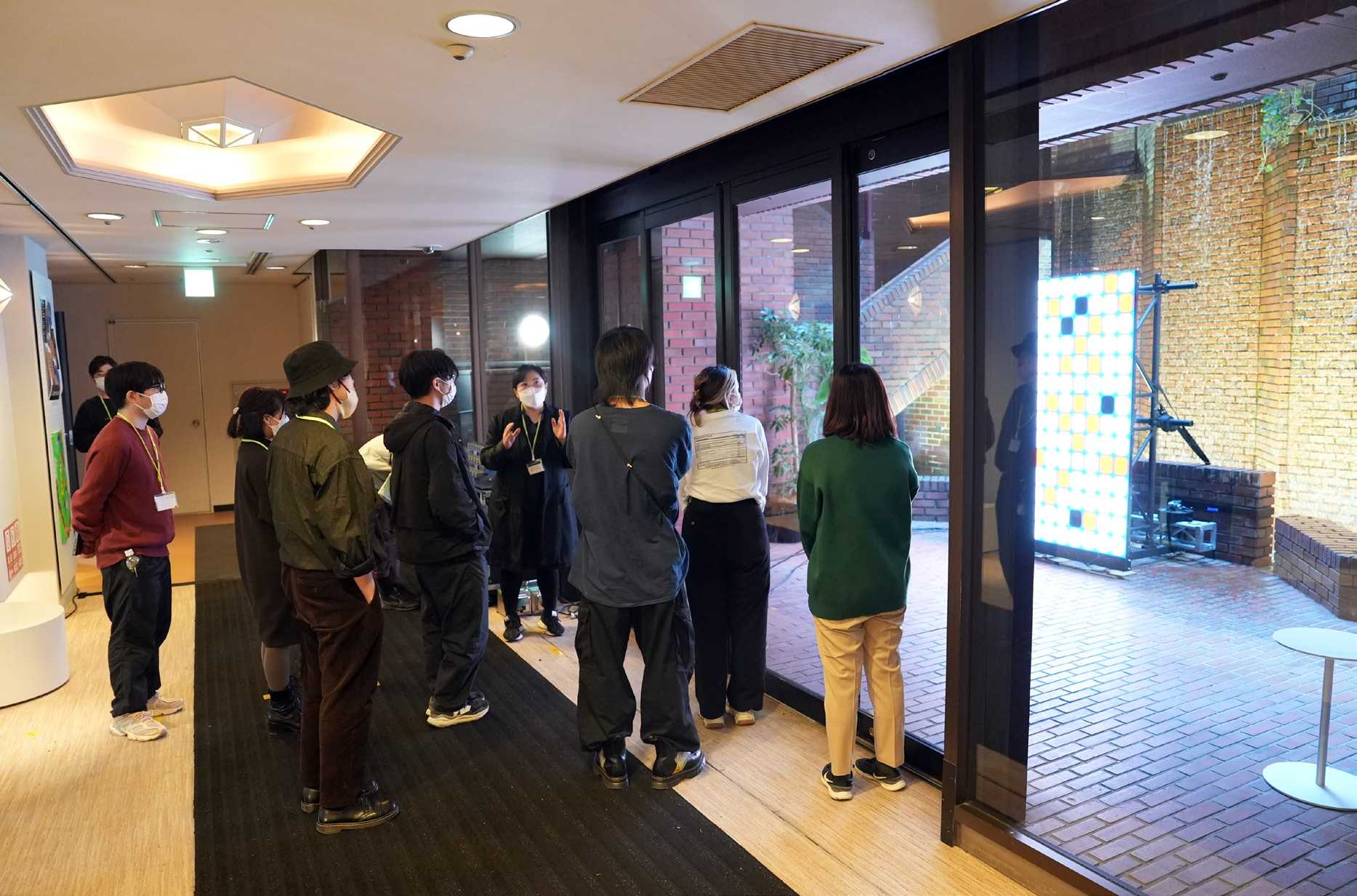
A total of 10 lecturers and facilitators gathered again to kick-start the participants’ Group Work. Participants were divided into 6 groups whereby each 2 groups were given a theme to work on presented by the lecturers. The 3 themes were therefore: Digital Signage as a Public Space, Gakki as instrumental tools for children, and Clocks and Systems.
After brainstorming and testing devices, the groups presented their ideas for feedback, adding enthusiasm as well as nerves for them.
// DAY 4 - 2023.02.22

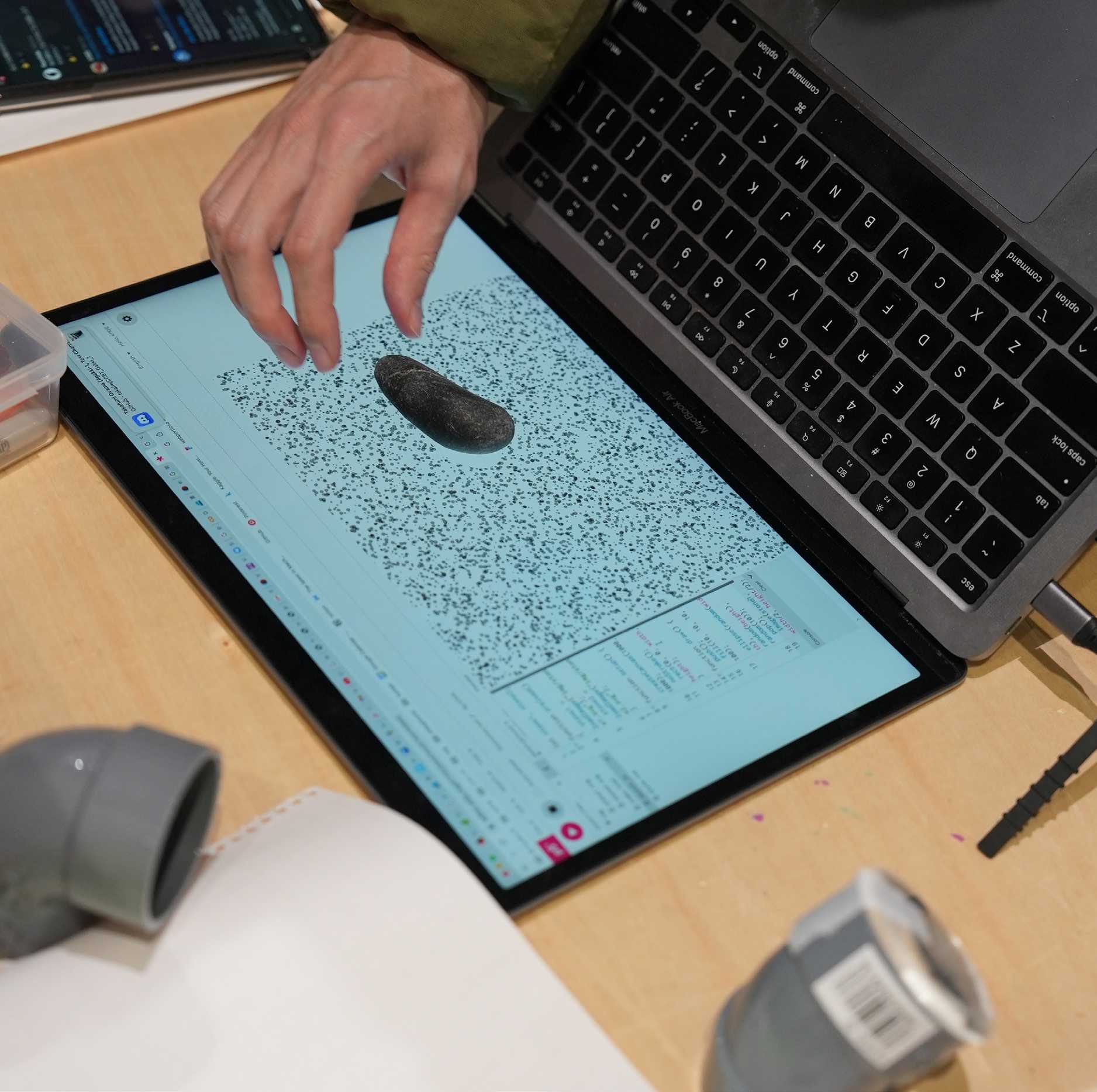
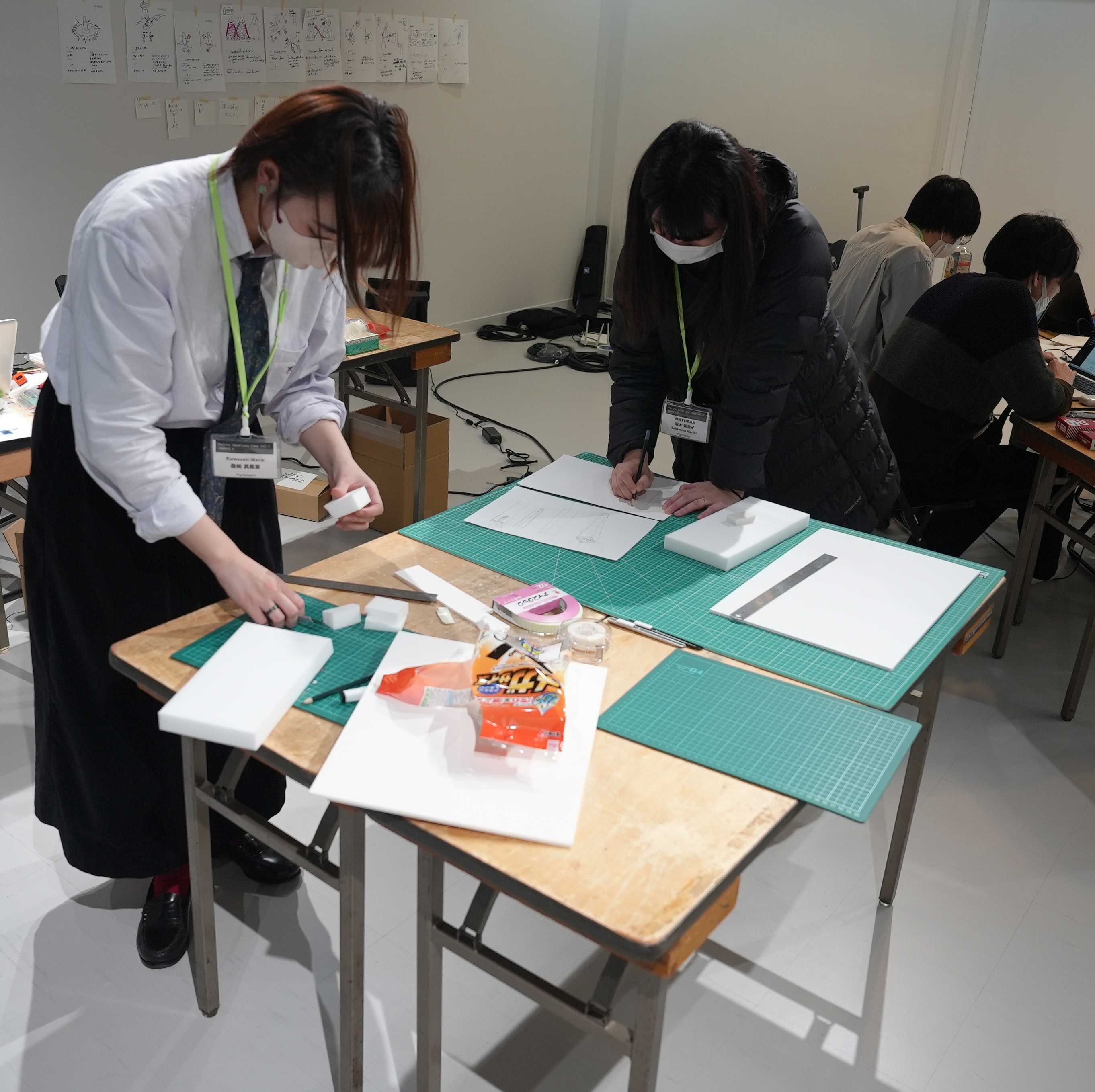
// DAY 5 - 2023.02.23
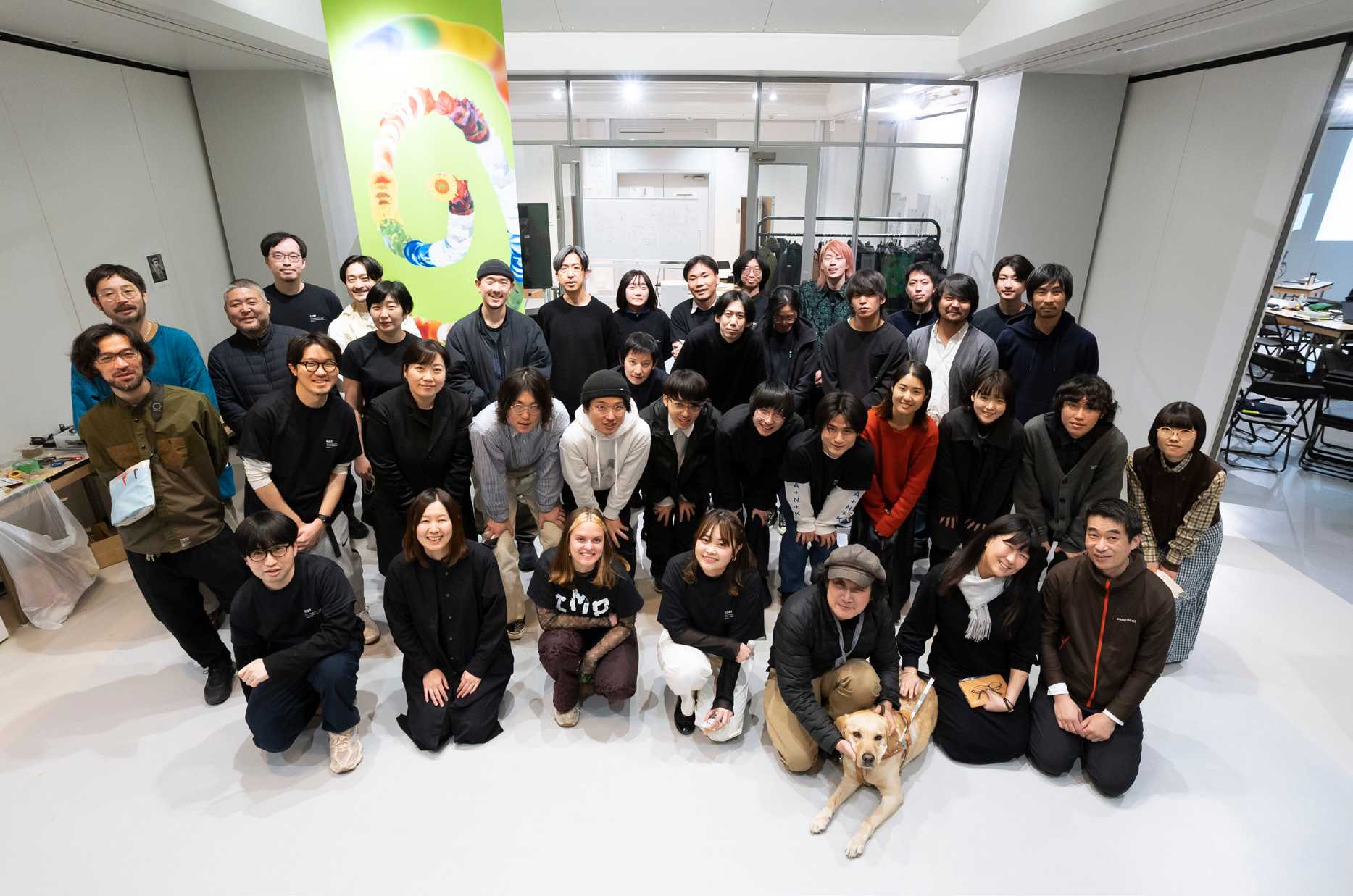
The final day and Discord showed participants working until 5am in the morning. The mood at CCBT was on edge with everyone working on their prototypes, final presentations, and exhibits. The technical crew from YCAM joined at the last minute to help with the installation.
Unlike Day 1, there was more feedback among the participants during each of their group presentations and the positivity was exactly what the Program Directors had envisioned: this camp was not a competition but a collaboration.
We hope the skills and findings born from this 5-day camp leads to new collaborations in the future. Great work, everyone!
Import { Participants }
Anai Yuki
Programmer/Artist/non-classic Inc.
Abe Kazuki
Programmer
Ishii Asuka
Artist
Endoh Katsuya
Programmer, Artist / Studio Arcana Inc.
Oyama Takafumi
Engineer, Interaction Designer
Kawa Asuka
Designer / Student at Musashino Art University
kumo moku
Student at Tama Art University
Kuwazaki Maria
Designer, Film Director / Student at Musashino Art University
Kobayashi Masayuki
Designer, Web Engineer / Eizo Workshop G.K.
Kominami Akane
Student at Konan Women's University
Koroyasu Yusuke
Sound Artist / Postgraduate Student at Tsukuba University
Shibata Kazuhide
Designer, Engineer
Joyce den Hertog
Programmer, Artist / Student at Leiden University
shintaro ono
Software Developer
mole^3
Woodcut Artist
Senbaku
Creative Coder
Nagata Kazuki
Artist / Student at Keio University
Namikawa Kosaku
Programmer, Artist / Student at Tsukuba University
Naruse Santa
Visual Programmer / Student at Keio University
Haneda Misa
Artist
Masumoto Kei
Design Engineer, Artist
Matsuoka Yuma
Engineer, Designer, Artist / Student at Keio University
Matsumura Tomoya Nikujaga-kun, Seeing-Eye Dog
Research Student at Tsukuba University, NPO NEW VISION
Yamagishi Kanata
Engineer, Designer / Student at Institute of Advanced Media Arts and Sciences(IAMAS)
LIU Yumeng
Observer / Student at Waseda University
Import { Lecturers }
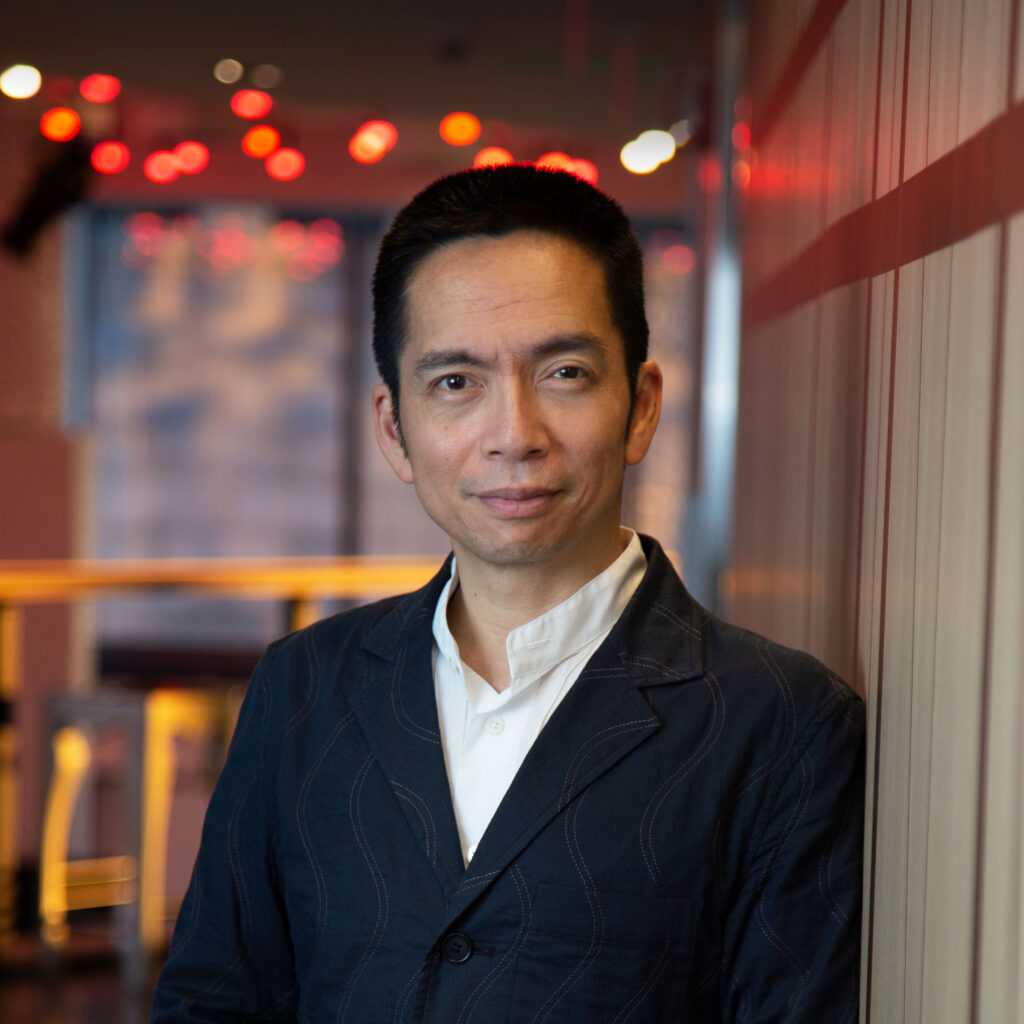
John Maeda
Technologist / Vice President, Design and Artificial Intelligence, Microsoft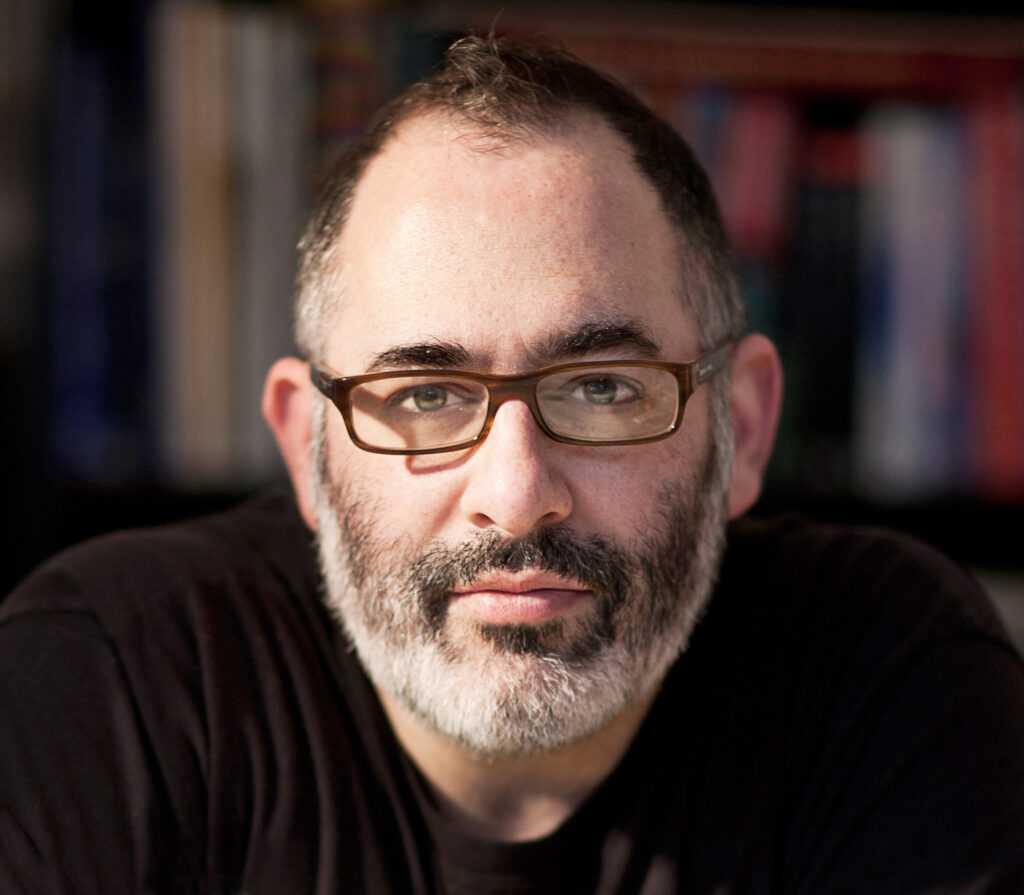
Golan Levin
Artist, Engineer, Researcher, Educator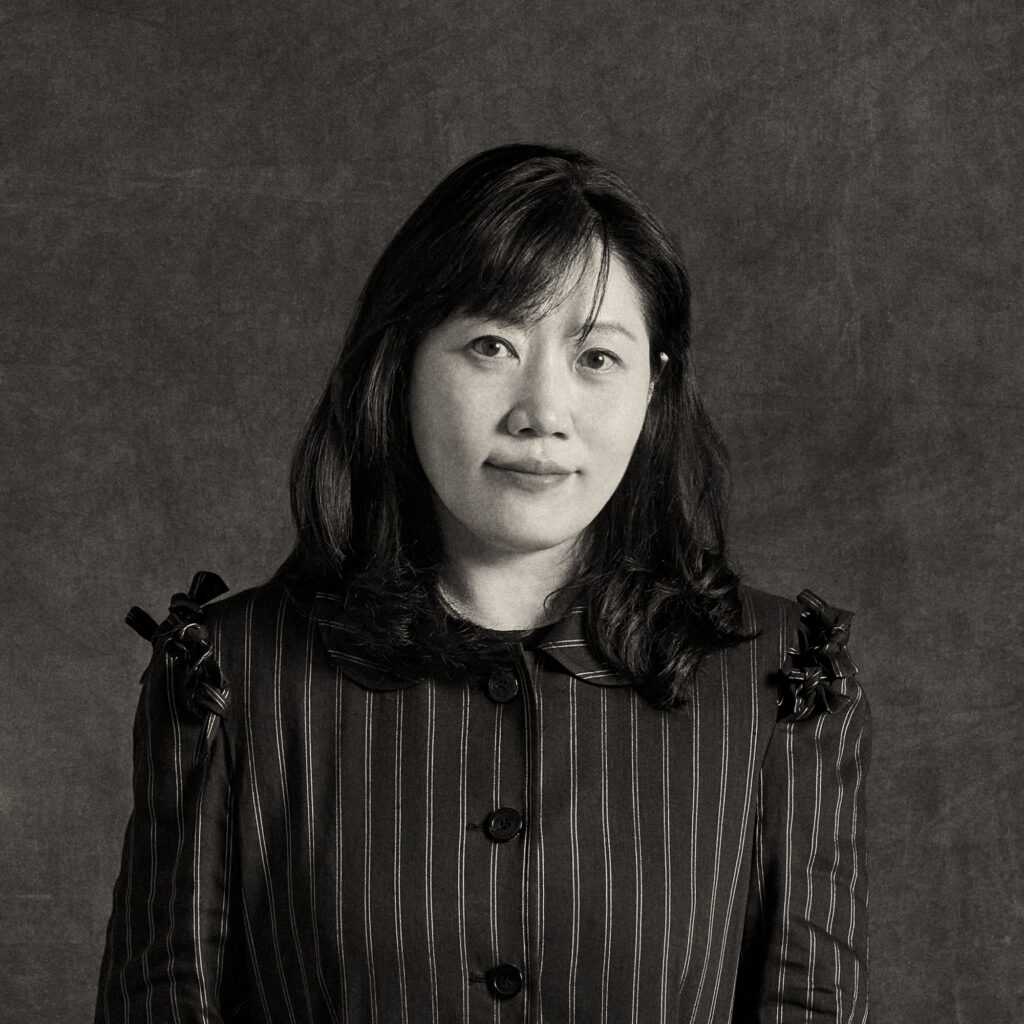
Seo Hyo-jung
Artist / Professor, Samsung Art & Design Institute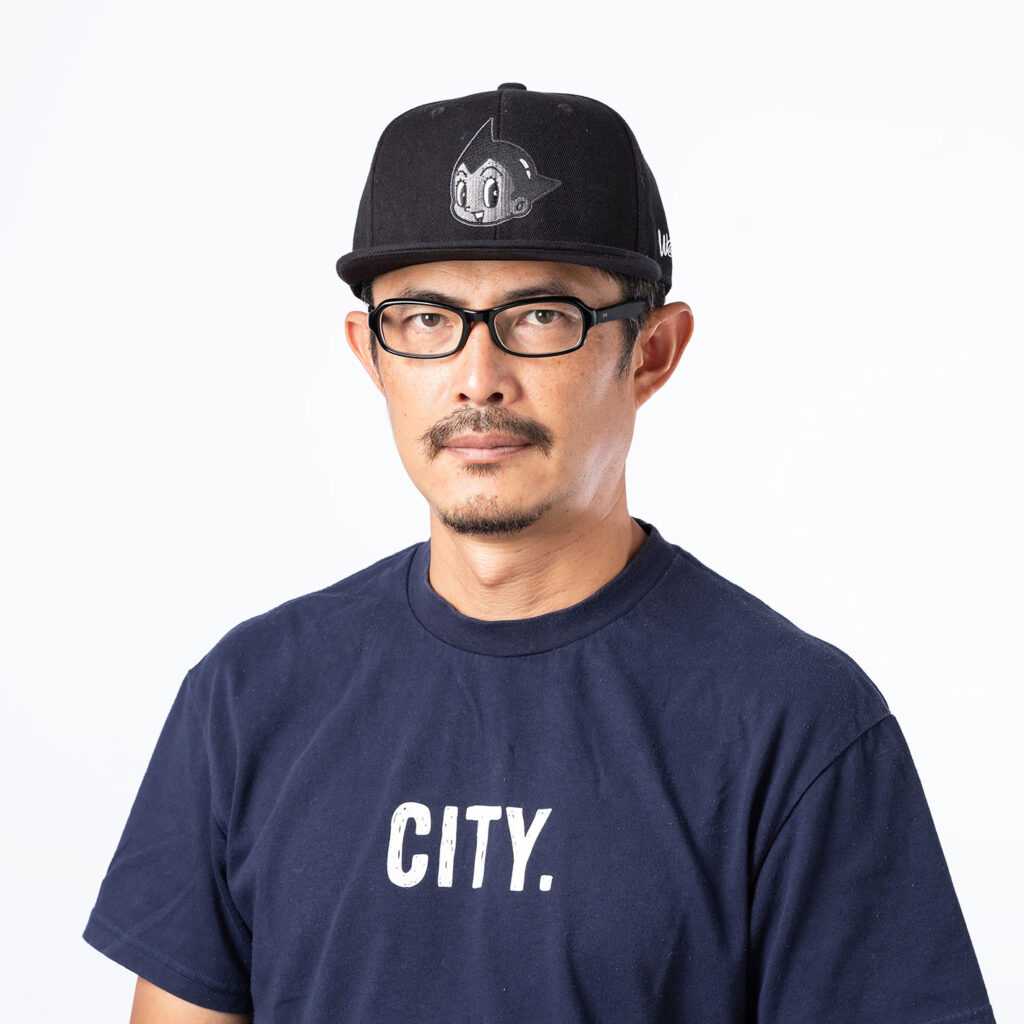
Toyoda Keisuke
Project Professor at IIS, NOIZ, gluon
Aida Daiya
Museum Educator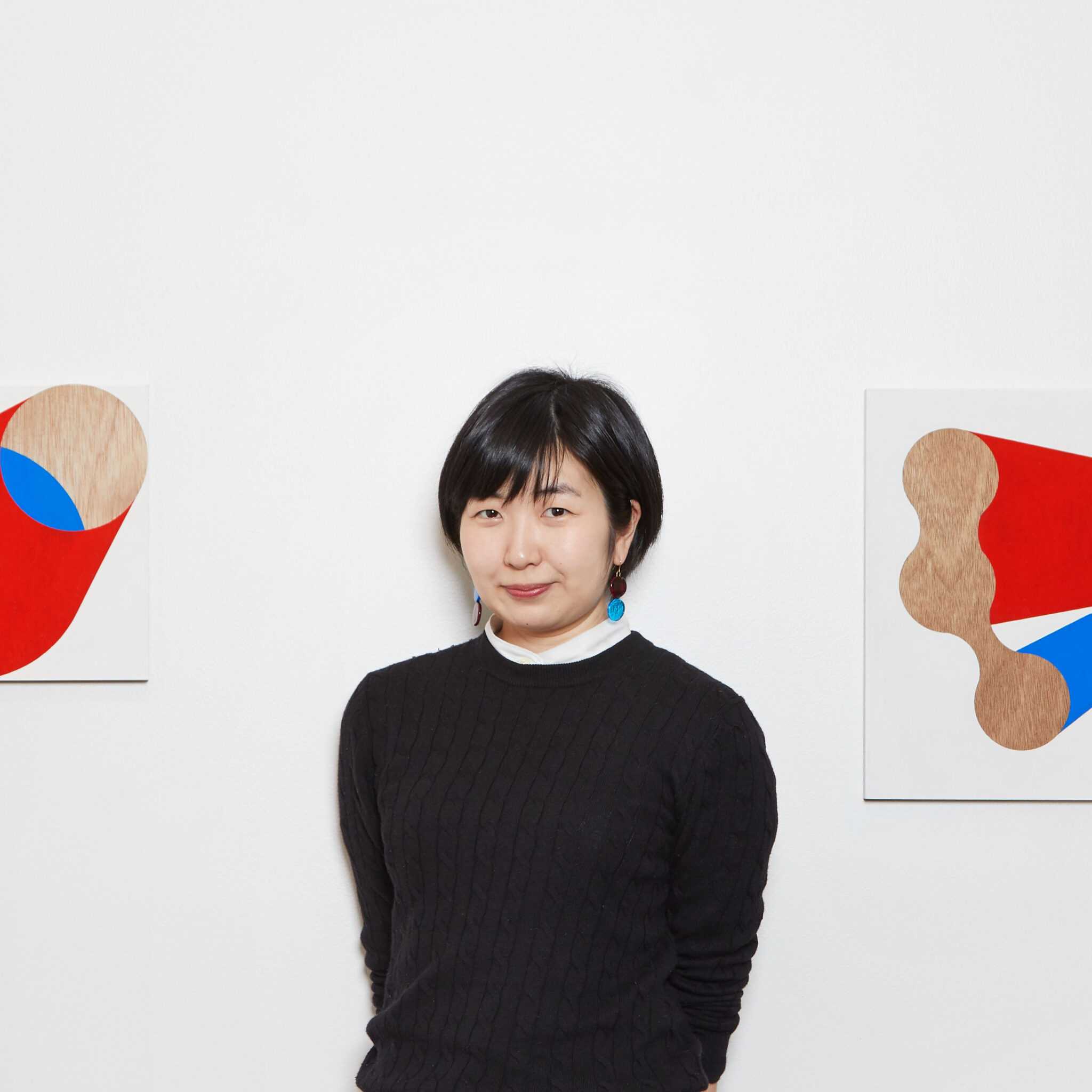
Aramaki Haruka
Artist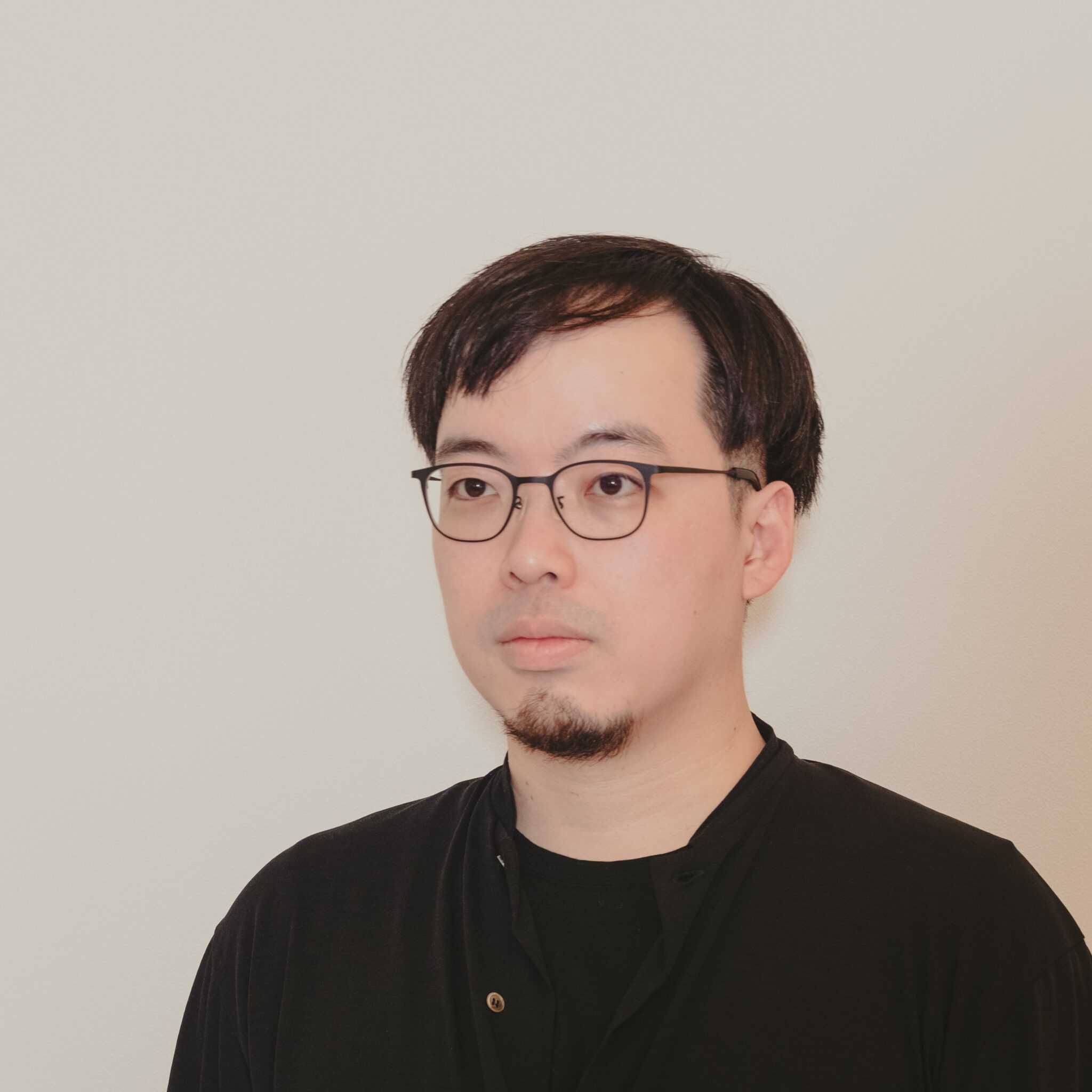
Oshima Ryo
Programmer, Interaction Designer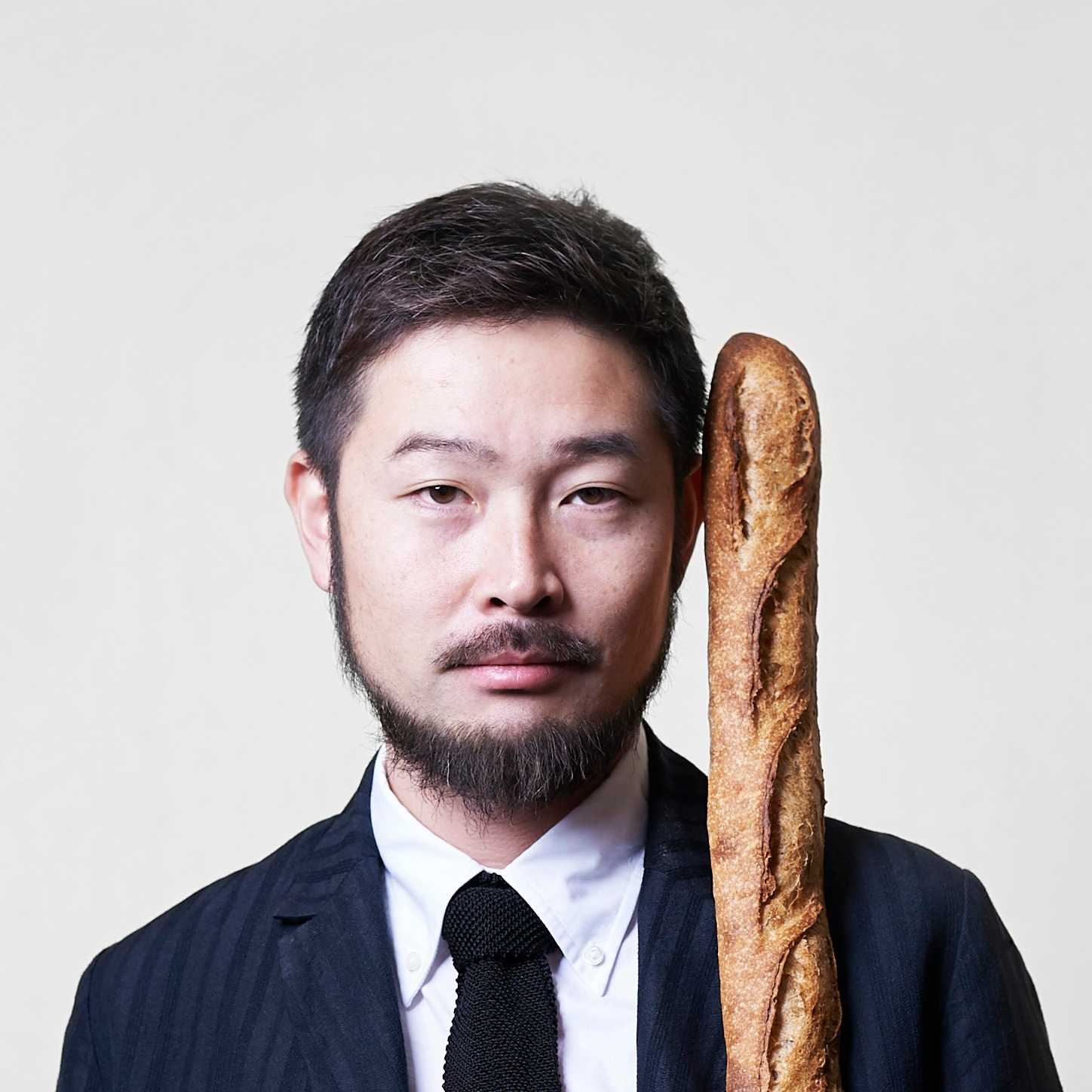
Hori Hiroyuki
Programmer, Technical Director
Inafuku Takanobu
Programmer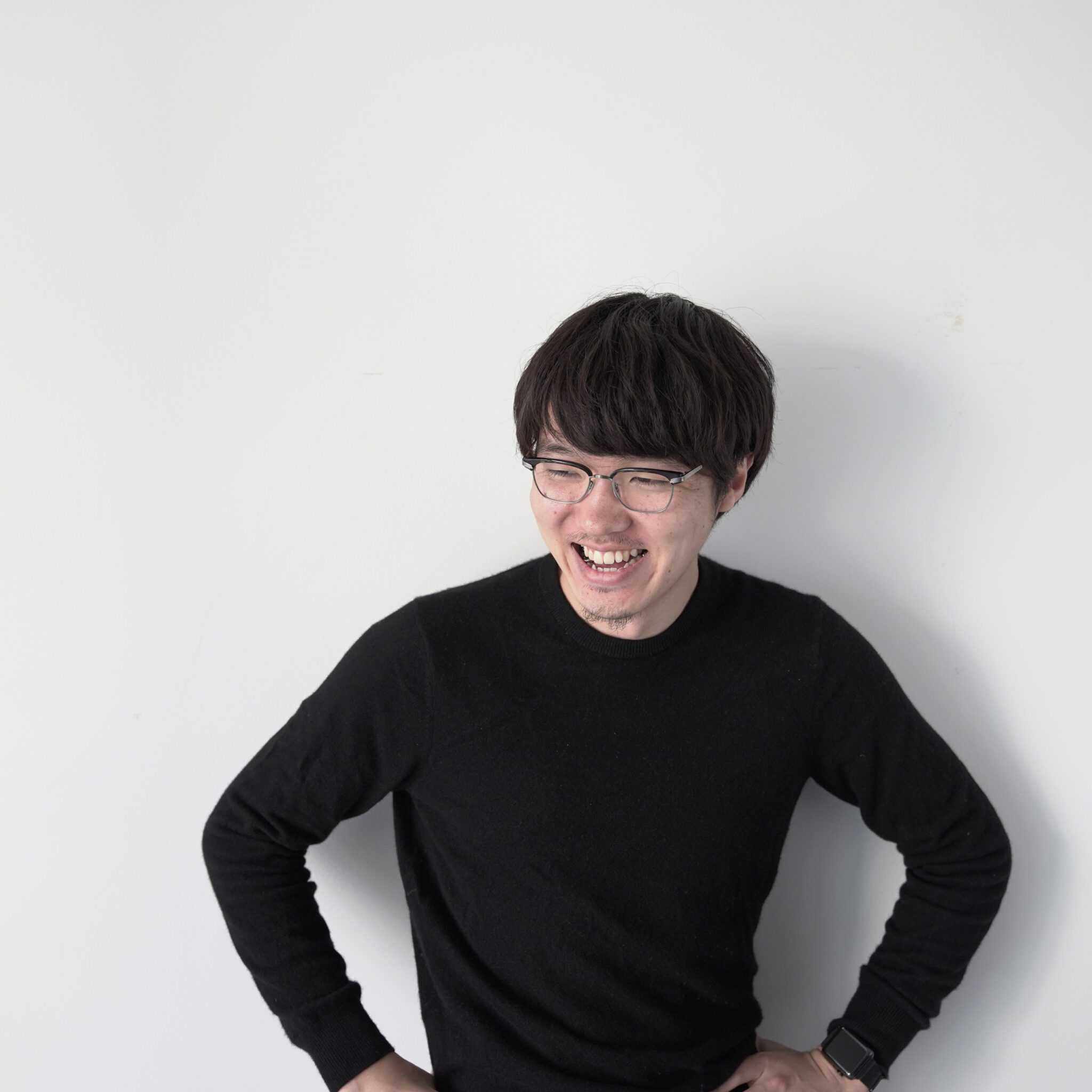
Kimura Yusaku
Technical Director, Engineer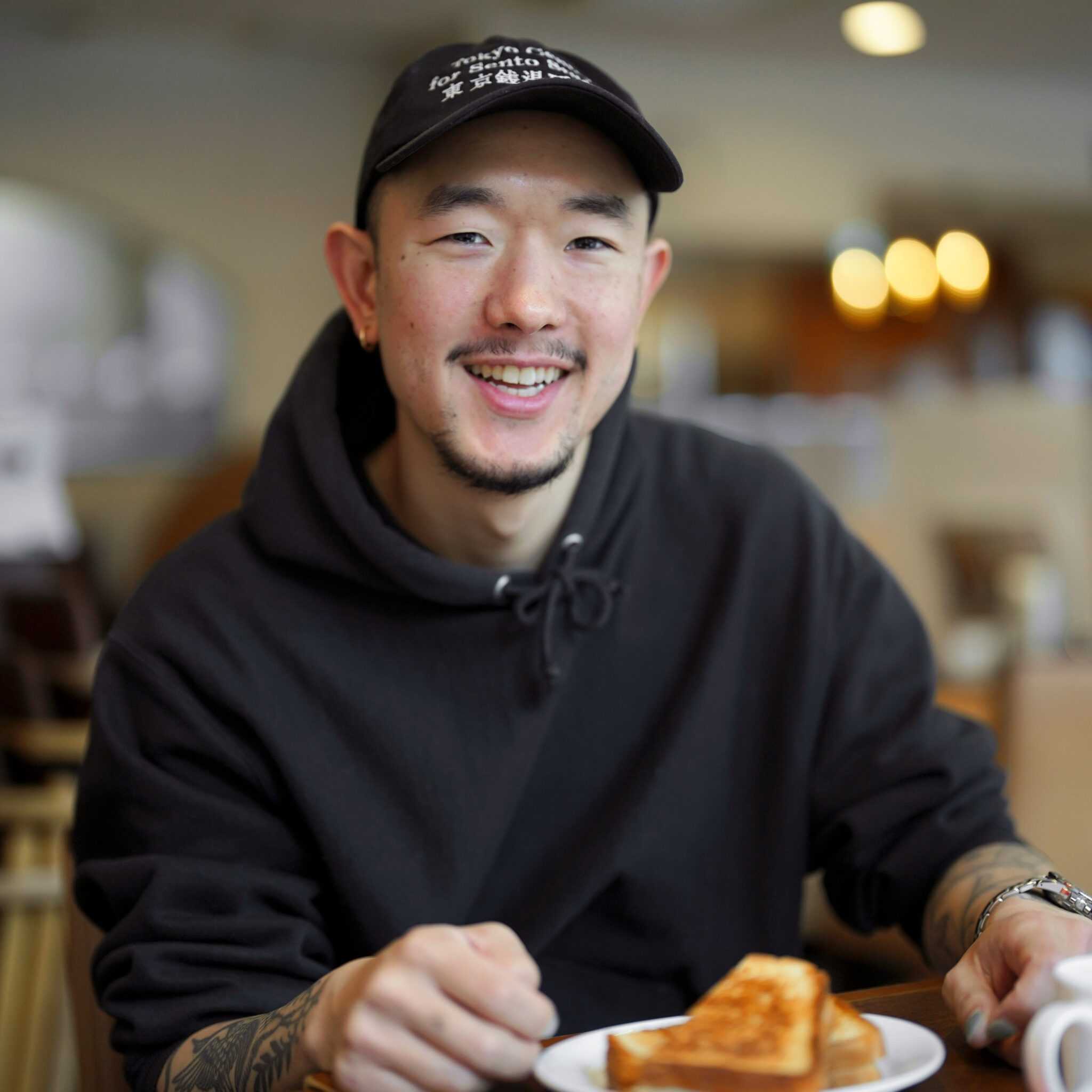
Masaki Ray
Graphic designer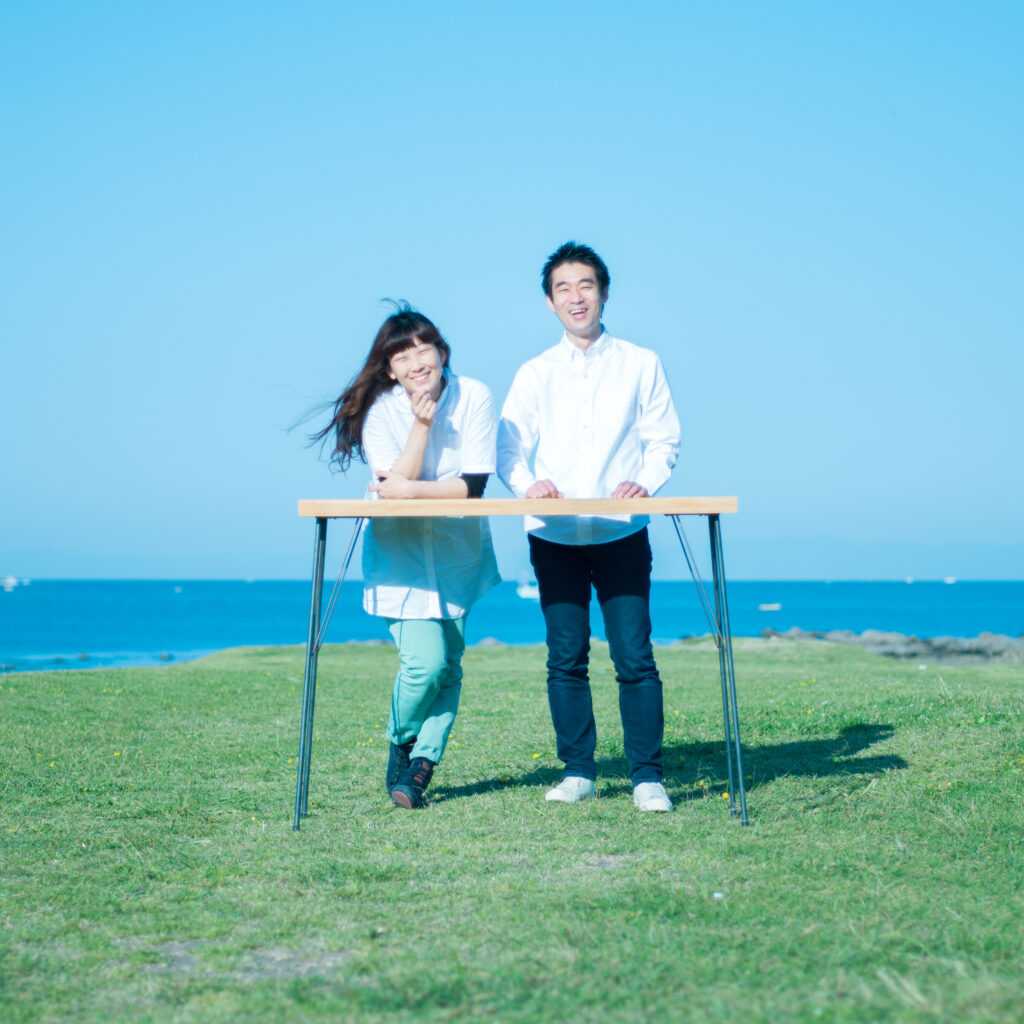
MATHRAX (Kuze Shozo + Sakamoto Mariko)
Artist, Engineer, Designer
Hagiwara Shunya
Web Designer, Programmer
Hayashi Yosuke
UI designer, ProgrammerImport { Staff }
- Hirota Fumi
- Kashima Moeko
- Shimada Mei
- Tabei Katsuhiko
- Negami Yoko
- Kanagawa Akane
- Sano Meiko
- Okamoto Akio
- Mikami Ryo
- Nakaji Hiroaki
- Miura Daiki
- Owaki RIchi
- Nishino Masanobu
- Nakamura Aoi
- Tomita Ryohei
- Takeda Hirozumi